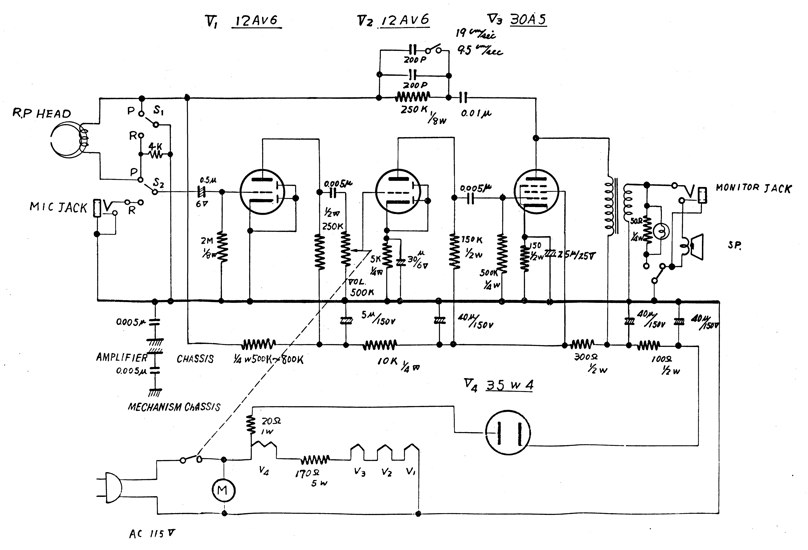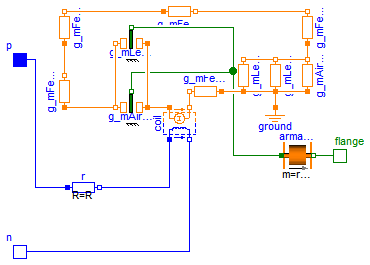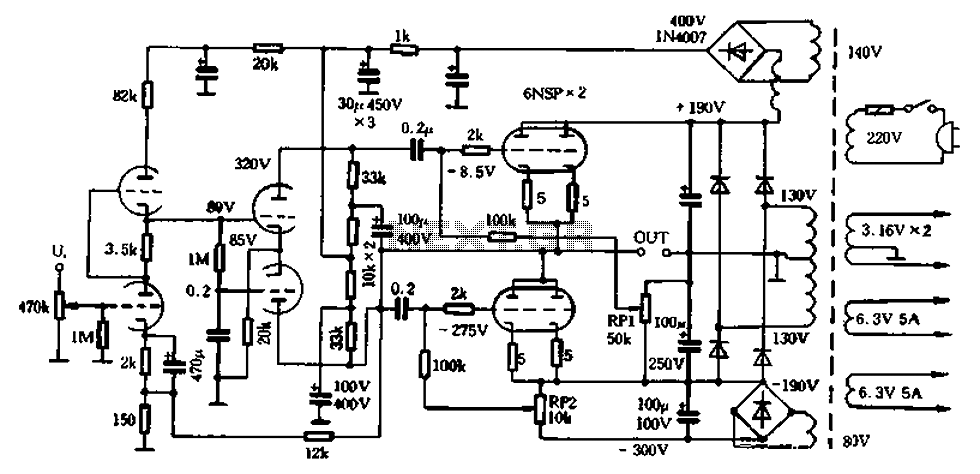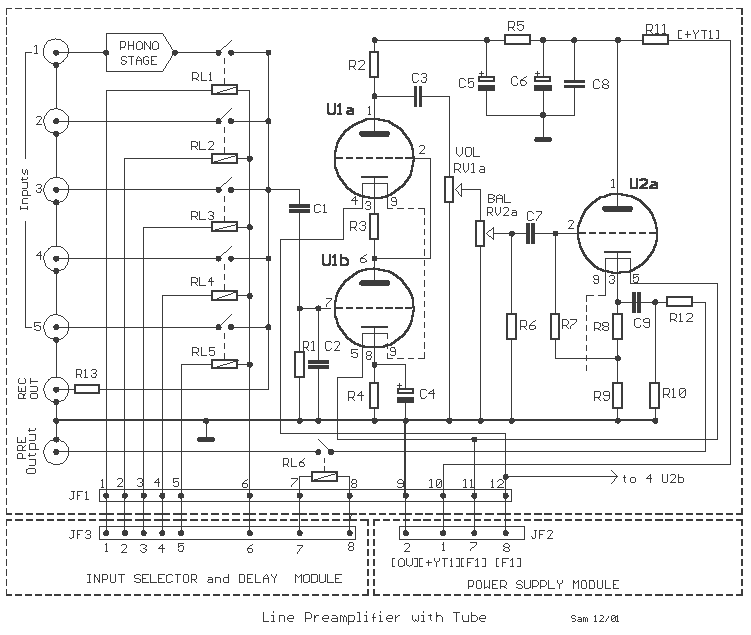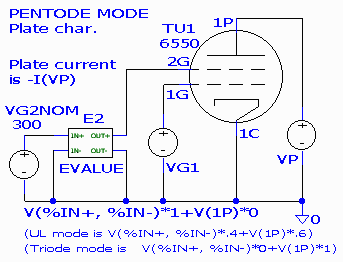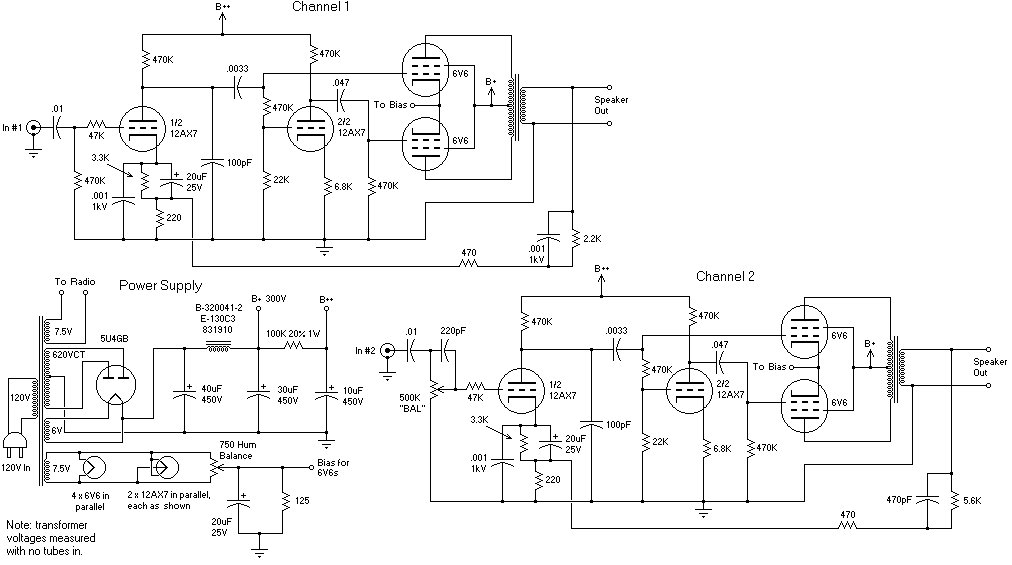
LTSpice vacuum tube models
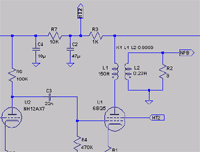
The objective is to establish a space dedicated to art, audio, and video, centered around a vintage electronics theme. The vacuum tube is considered the core component of any vintage radio or electronic device. Currently, the usage of vacuum tubes has nearly diminished to the point of extinction. To participate, individuals are invited to submit their ideas, videos, and photos via email for consideration.
The concept of a vintage electronics-themed space revolves around the revival and appreciation of components such as vacuum tubes, which have historically played a pivotal role in the functioning of radios and other electronic devices. Vacuum tubes, also known as thermionic valves, operate by controlling the flow of electric current in a high vacuum between electrodes. This technology, once ubiquitous in mid-20th century electronics, has largely been supplanted by solid-state devices, yet it remains cherished by enthusiasts and collectors.
In designing a schematic for a vintage audio or radio device, it is essential to consider the arrangement of various components. The circuit typically includes a power supply, which may consist of a transformer and rectifier to convert AC to DC, followed by a series of vacuum tubes configured as amplifiers or oscillators. The audio signal path would involve coupling capacitors to block DC components while allowing AC signals to pass through.
The output stage of the circuit would often utilize a push-pull configuration of vacuum tubes to drive a speaker, ensuring efficient power amplification. Additionally, proper biasing of the tubes is crucial for optimal performance, which can be achieved through resistive or capacitive voltage divider networks.
The aesthetic appeal of vintage electronics can be enhanced through the use of retro-style enclosures and controls, which can invoke a sense of nostalgia. The integration of modern technologies, such as Bluetooth or USB connectivity, could also be considered to attract a broader audience while maintaining the vintage theme.
Overall, this initiative not only seeks to preserve the legacy of vacuum tubes and vintage electronics but also to inspire a new generation of creators to explore the artistic and functional applications of these timeless components.Our focus is to create place of art, audio, and video with a vintage electronics theme. The vacuum tube is the heart and soul of any vintage radio or electronic device. Today the use of the vacuum tube has been vertualy wiped out to the edge of extinction. To join all you need to do is submit your ideas videos photos by email for consideration. 🔗 External reference
The concept of a vintage electronics-themed space revolves around the revival and appreciation of components such as vacuum tubes, which have historically played a pivotal role in the functioning of radios and other electronic devices. Vacuum tubes, also known as thermionic valves, operate by controlling the flow of electric current in a high vacuum between electrodes. This technology, once ubiquitous in mid-20th century electronics, has largely been supplanted by solid-state devices, yet it remains cherished by enthusiasts and collectors.
In designing a schematic for a vintage audio or radio device, it is essential to consider the arrangement of various components. The circuit typically includes a power supply, which may consist of a transformer and rectifier to convert AC to DC, followed by a series of vacuum tubes configured as amplifiers or oscillators. The audio signal path would involve coupling capacitors to block DC components while allowing AC signals to pass through.
The output stage of the circuit would often utilize a push-pull configuration of vacuum tubes to drive a speaker, ensuring efficient power amplification. Additionally, proper biasing of the tubes is crucial for optimal performance, which can be achieved through resistive or capacitive voltage divider networks.
The aesthetic appeal of vintage electronics can be enhanced through the use of retro-style enclosures and controls, which can invoke a sense of nostalgia. The integration of modern technologies, such as Bluetooth or USB connectivity, could also be considered to attract a broader audience while maintaining the vintage theme.
Overall, this initiative not only seeks to preserve the legacy of vacuum tubes and vintage electronics but also to inspire a new generation of creators to explore the artistic and functional applications of these timeless components.Our focus is to create place of art, audio, and video with a vintage electronics theme. The vacuum tube is the heart and soul of any vintage radio or electronic device. Today the use of the vacuum tube has been vertualy wiped out to the edge of extinction. To join all you need to do is submit your ideas videos photos by email for consideration. 🔗 External reference
